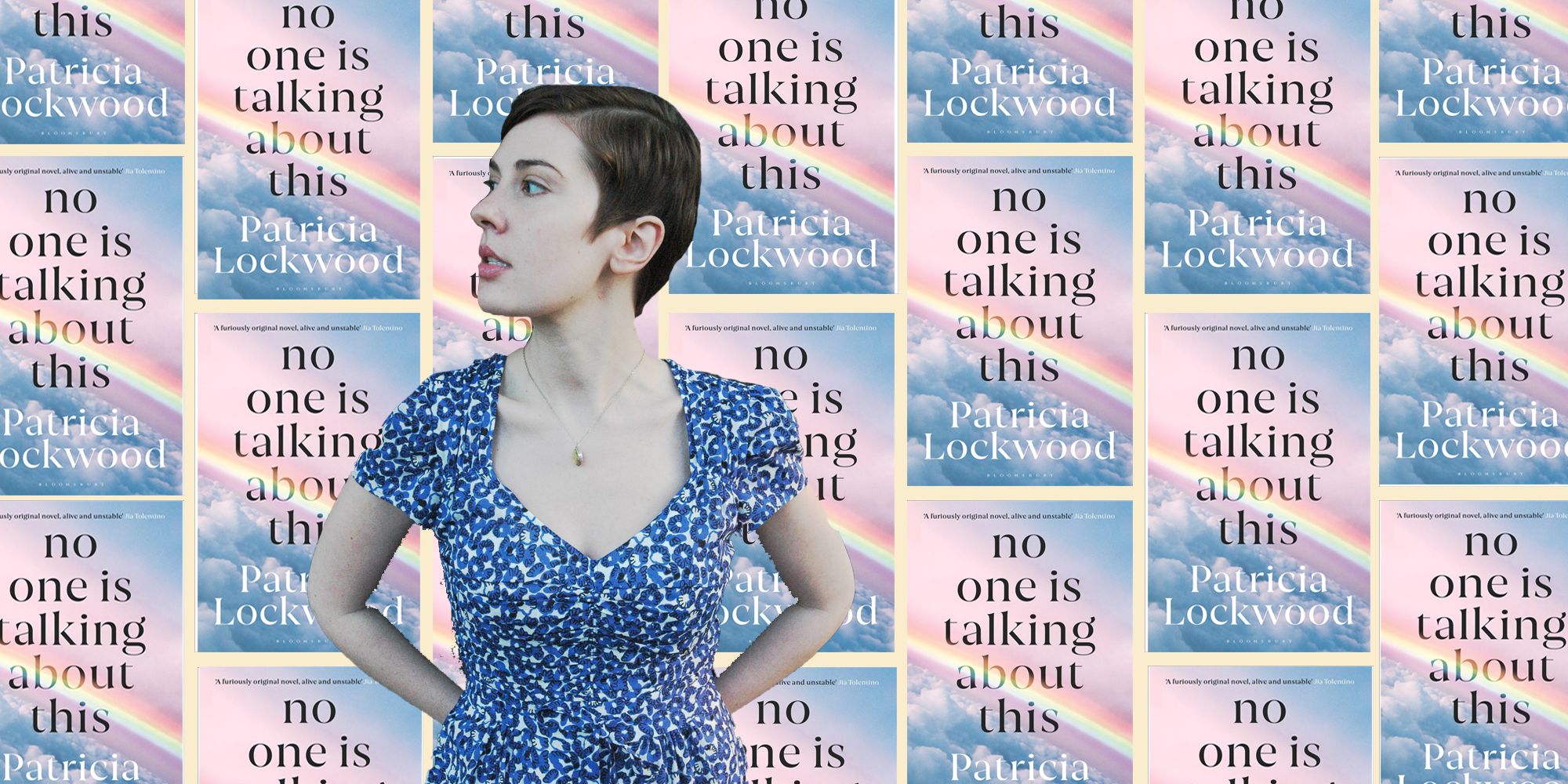

Kate Zambreno’s Drifts (2020) is a fragmented novel, whose narrator is obsessed with YouTube videos and self-googling. The writers who have so far come closest to capturing the feel of the internet in their books have channeled its chaos and incoherence.

The narrator of Lauren Oyler’s Fake Accounts (2021) is obsessed with social media and dating sites, constantly checking her profile and messages, and yet the main action of the book-her boyfriend’s faking of his own death and the narrator’s darkly whimsical sojourn in Berlin in the aftermath-lies in physical events. The lovers in Sally Rooney’s novels pour out their feelings over email, but sense there is something missing. The digital medium makes the horror seem less acute and underlines Adam’s alienation from his own surroundings. Or not exactly squirrelly, more like a rat who can’t stop pushing a lever.” Adam, the protagonist of Ben Lerner’s Leaving the Atocha Station (2011), uses online chat, but it dulls even the most shocking experiences: His friend recounts the random tragedy of watching a woman drown while swimming in a river, telling the story through an instant-message conversation replete with interrupted messages and connection problems. The narrator of Jenny Offill’s Weather (2020) disdains social networks: “I don’t use any of them because they make me feel too squirrelly. Over the last decade, novelists have struggled with the feeling that the internet is the opposite of narrative. This problem-call it the falsity of the screen-has also posed a problem in fiction.


 0 kommentar(er)
0 kommentar(er)
